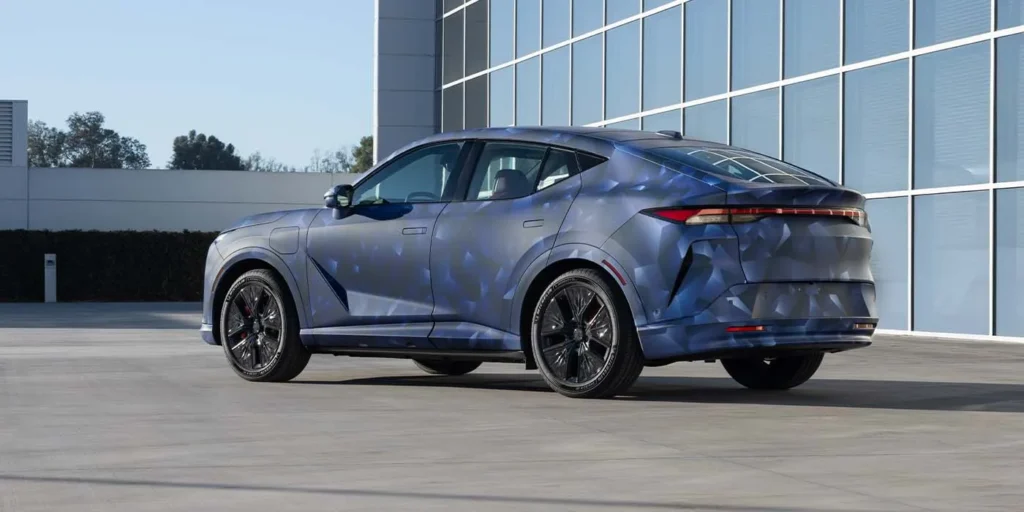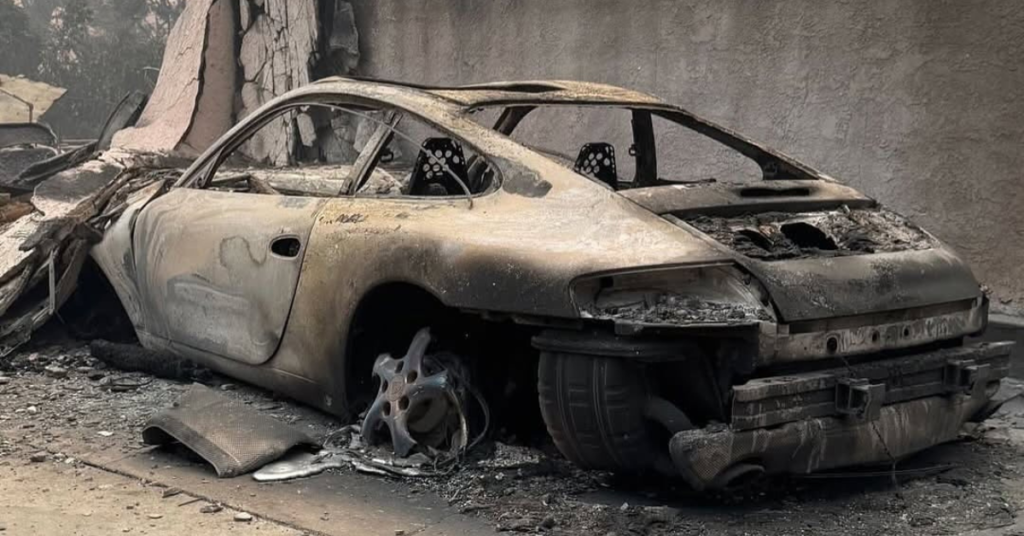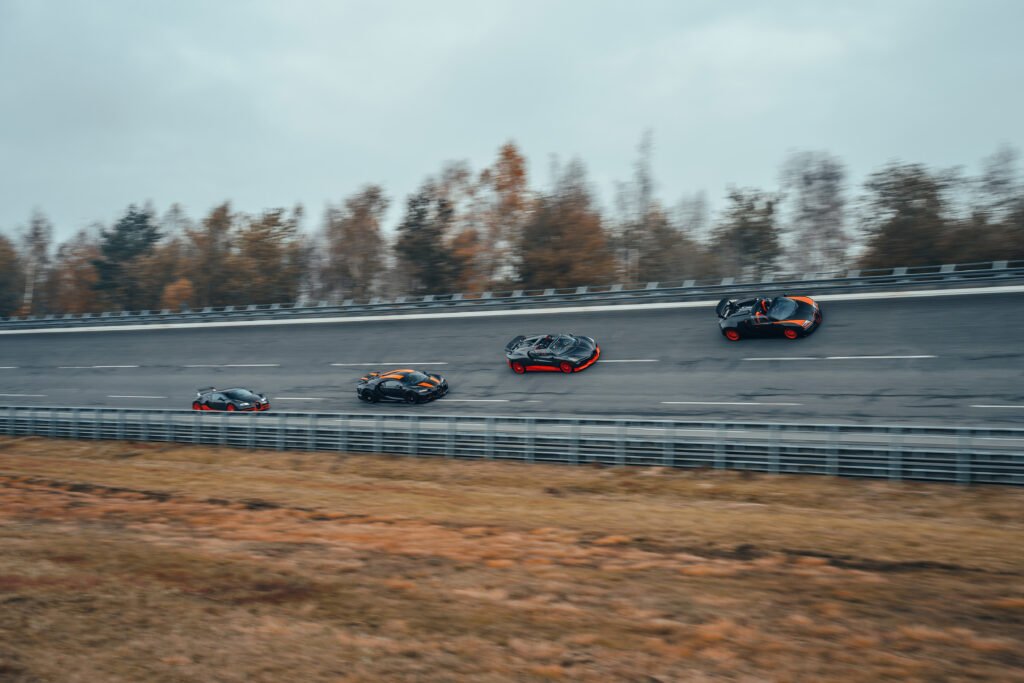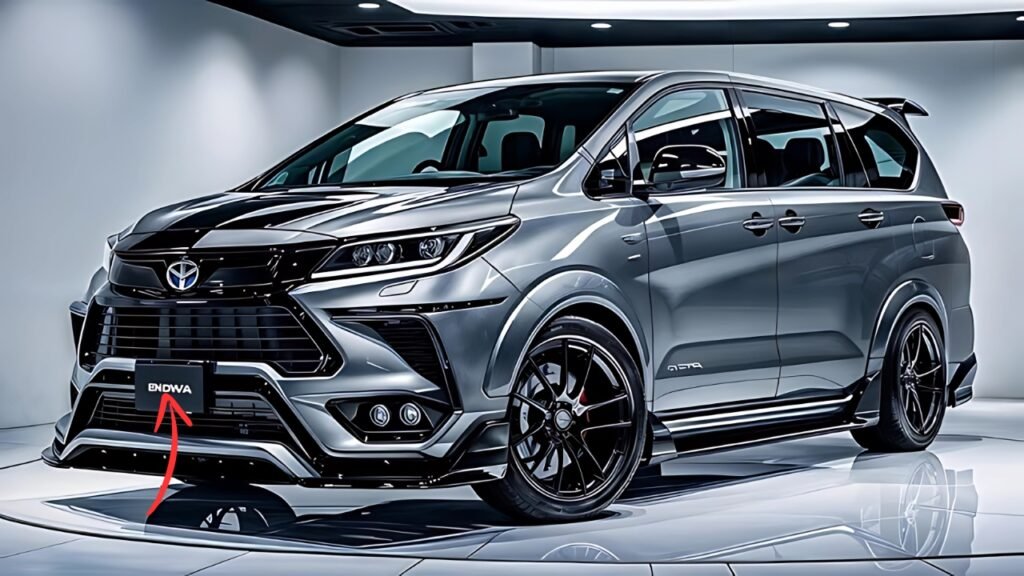In the automotive world, there’s a distinct shift happening—a move toward technological wizardry and away from the raw, analogue driving experience that so many of us grew up cherishing. Today, it seems cars want to do everything for you: brake, steer, even tell you when you’re too close to the car ahead. That’s all great if you’re driving a sofa, but for those of us who live for the thrill of the road, it’s a bittersweet symphony.
A Golden Era of Supercars
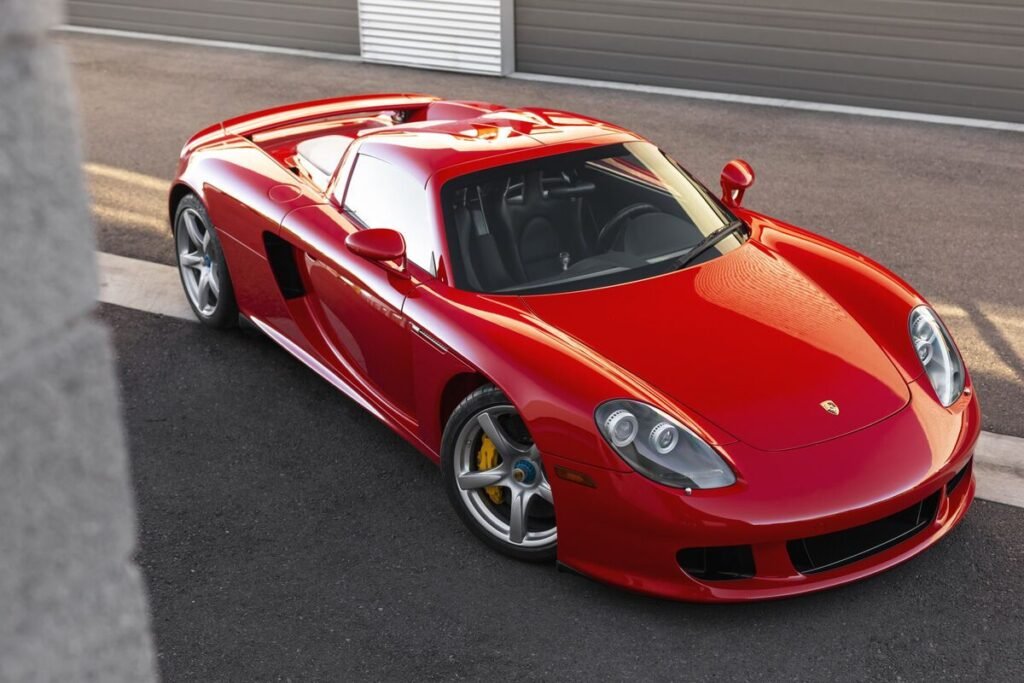
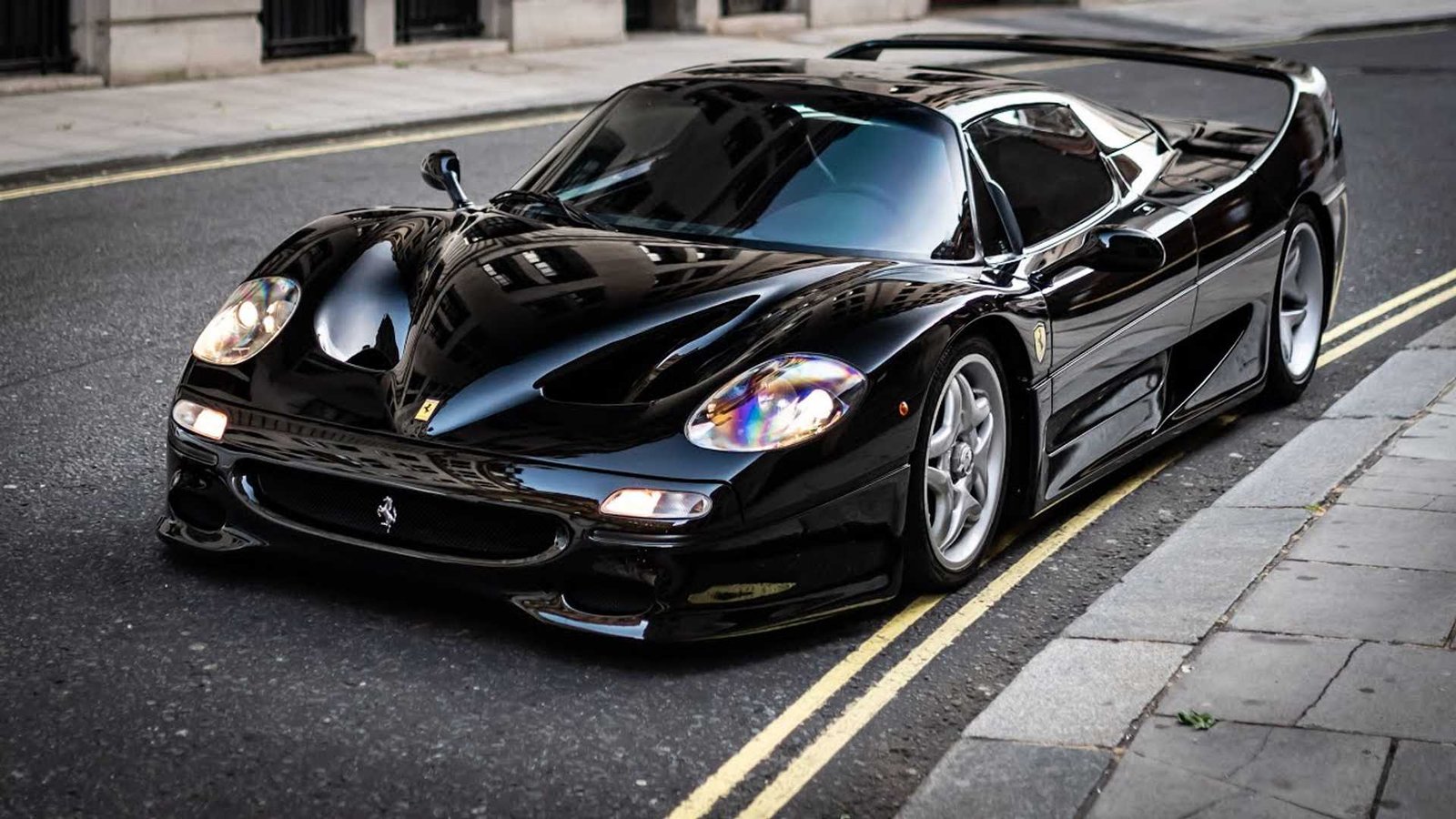
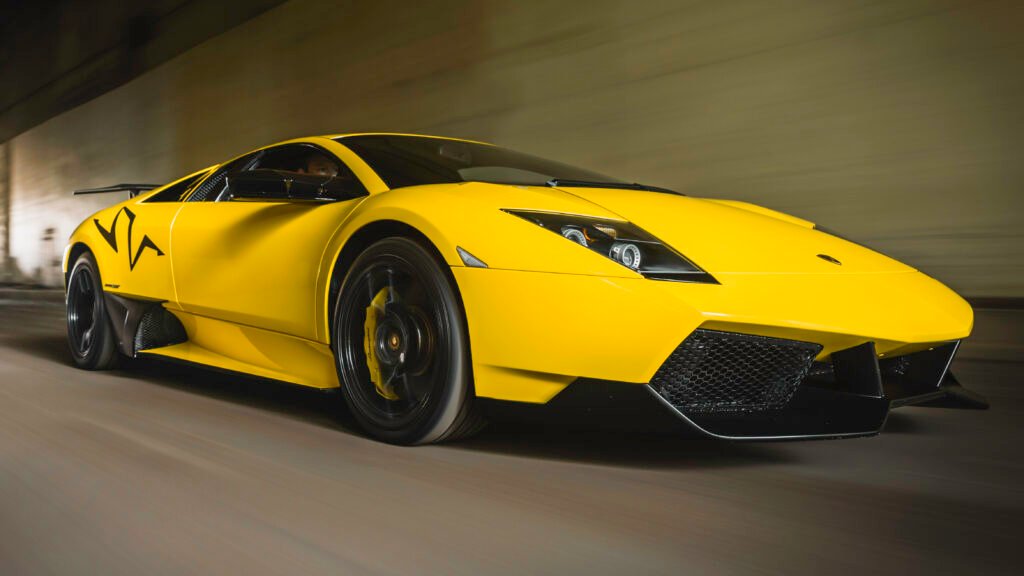
Images Via Bloomberg(Carrera GT), Topgear(Murciélago SV), Reddit(Ferrari F50)
The early 2000s through the late 2010s weren’t just about cars; they were about icons, legends that defined what it meant to truly drive. These weren’t machines that just transported you; they made your heart race, your palms sweat, and your ears sing with the music of combustion.
Take the Porsche Carrera GT, for instance. Its screaming 5.7-liter V10 wasn’t just an engine; it was an orchestra. The car had no stability control, no safety net—just you, a manual gearbox, and the road. It was the ultimate test of skill, separating drivers from mere pilots. This was the analogue experience at its most visceral, and it set the benchmark for supercar engineering for decades.
Then there was the Lamborghini Murciélago SV, a raging bull with a naturally aspirated V12 that sounded like it could wake the dead. It was raw, unfiltered, and unapologetically insane—everything you wanted from a Lamborghini. And unlike today’s Lambos, which are practically part spaceship, the Murciélago SV demanded your full attention. If you weren’t paying it, you’d likely find yourself facing the wrong way on a canyon road.
And let’s not forget the Ferrari F50, arguably one of the most underappreciated Ferraris of all time. With a 4.7-liter V12 derived directly from Formula 1, it bridged the gap between race car and road car in a way that no hybrid or turbocharged Ferrari ever could. The F50 was more than a car—it was an event every time you drove it, a celebration of engineering that made no compromises in pursuit of perfection.
The Contrast of Modern Times
Fast forward to today, and supercars like the Lamborghini Revuelto or the Porsche Taycan Turbo S are marvels of technology. They’re faster, more efficient, and safer than their ancestors. But where’s the heart-pounding thrill? Driving these new-age supercars often feels like playing a really advanced video game—a fun one, no doubt, but not quite the same as taming an analogue beast.
Analogues That Shaped the Enthusiast Market
Beyond the exotics, the enthusiast market saw a revolution from cars like the Mazda RX-7, Toyota Supra MkIV, and Nissan R34 Skyline GT-R. These were machines that didn’t rely on tech to thrill you. They relied on lightweight chassis, turbocharged engines, and a direct connection between driver and machine.
Why Manuals and Analogue Cars Matter
Manual gearboxes are more than just a mechanical choice—they’re a philosophy. They force you to engage with the car, to think ahead, and to perfect your timing. With analogue supercars and enthusiast icons, every imperfection and every twitch of the chassis became part of the experience. It’s the difference between watching a concert on YouTube and sitting front-row, hearing every note vibrate in your chest.
The Future: What’s Left for Us?
As the world marches toward electrification and autonomy, those of us who love the analogue driving experience find ourselves clutching (pun intended) to the past. Thankfully, there are still a few manufacturers offering manual transmissions—Porsche, Mazda, and even Toyota with its GR lineup. But with every new model year, the pool of options grows smaller.
Cherishing the Legacy
The Porsche Carrera GT, Lamborghini Murciélago SV, Ferrari F50, and their peers weren’t just cars; they were milestones in automotive history. They represented a time when driving was as much about feeling as it was about speed.
While we can’t stop progress, we can celebrate these legends, keep them on the roads, and remind the next generation that cars are more than their 0–60 times or software updates. They’re about emotion, connection, and the joy of the drive.
So here’s to the manual gearbox, the high-revving V10s and V12s, and the cars that defined an era. They may be a dying breed, but for enthusiasts like us, they’ll never truly fade away.
Manual & Analogue Cars Are Vanishing: Why Legends Like the Carrera GT Still Ignite Passion
In the automotive world, there’s a distinct shift happening—a move toward technological wizardry and away…
Honda Revives Acura RSX as Electric SUV with Advanced Asimo Operating System
Honda is bringing back the iconic Acura RSX nameplate, transforming it into a groundbreaking all-electric…
Jaguar Land Rover and Tata Communications Team Up to Revolutionize Connected Car Technology and Global Manufacturing
Jaguar Land Rover (JLR) has deepened its collaboration with Tata Communications to drive a comprehensive…
Burning Porsches And G-Wagons: Palisades Fire Leaves Destruction in Its Wake
The Palisades Fire has devastated communities, leaving scars that will take years to heal. Among…
Meet the Indian-Origin Tycoon Who Owns Four World-Record Bugattis and a Stunning Hypercar Collection
The Singh Collection: A Masterpiece of Automotive Excellence When it comes to the world’s most…
New Toyota Innova Facelift priced at 28 Lakhs to come rival Fortuner Legender
Toyota has introduced a new facelift for the Innova, positioning it as a competitor to…

